Argentina may be experiencing one of the worst economic crises in history, but they still know how to make some damn good food. While there are certain things they haven’t quite mastered (i.e. pizza with enough sauce and coffee that doesn’t taste like it’s out of a vending machine) they have a few things figured out that Americans should seriously start doing.
1. Empanadas
Empanadas are like the distant cousin to the calzone or a way better, homemade, non-frozen version of the Hot Pocket. They are made with a variety of fillings, the most popular being carne suave (ground beef), jamon y queso (ham and oozing, melted cheese), pollo (shredded chicken) or espinaca y queso (spinach and cheese) for the handful of vegetarians in this carne-obsessed country.
Empanadas are appropriate at any time of day; people eat them for breakfast accompanied by an espresso, as a mid-morning snack, in the late afternoon with an ice-cold beer, four or five of them for dinner, honestly probably as dessert too, they love them that much.
The best part about this Argentine favorite is that you can get one for the equivalent of one US dollar and if you’re too lazy to leave your apartment, you can get still-warm empanadas delivered right to your door.
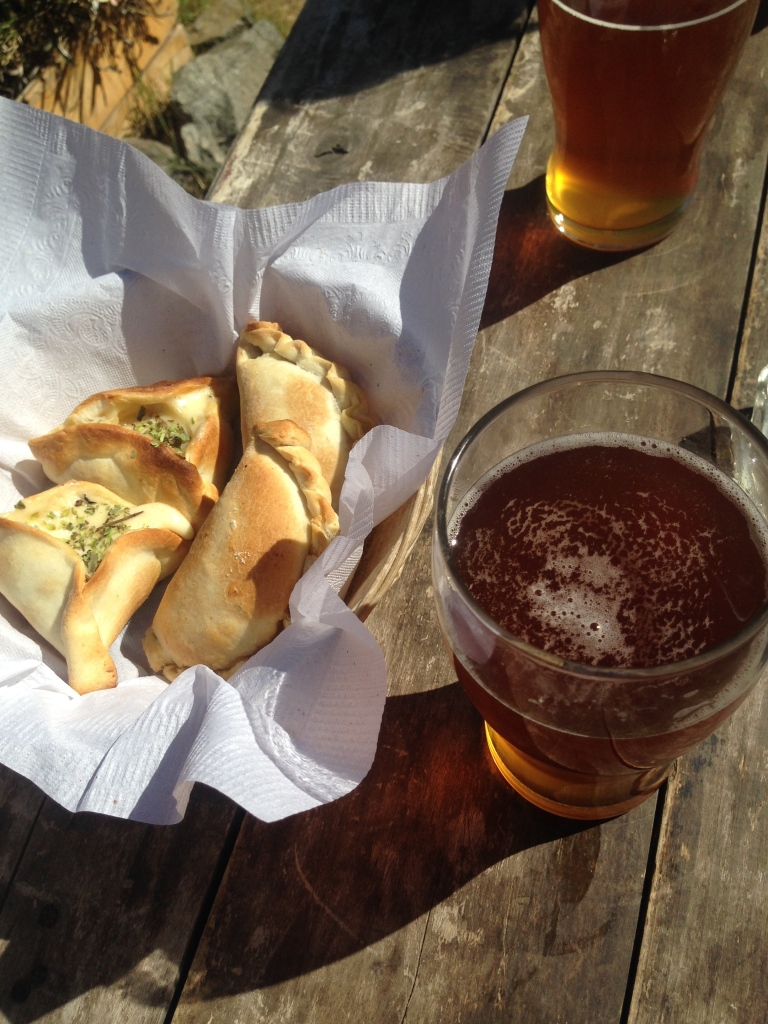
Photo by Blair Scott
2. Dulce de Leche
The abundance of this sweet, gooey, richer-than-caramel spread is one of Argentina’s most redeeming culinary qualities. Literally translated, dulce de leche means the sweetness of milk. It is made by slowly heating sweetened milk to make the irresistibly sugary substance. (Make it yourself here).
Dulce de leche is basically part of the daily diet here; they smear it on toast, fruit, cookies, crepes, croissants, cakes and crackers they even have a dulce de leche flavored liqueur. If somehow you make it to the end of the day and still haven’t had enough of it, then don’t worry because a nice big scoop of dulce de leche ice cream atop a homemade waffle cone should fulfill your craving.
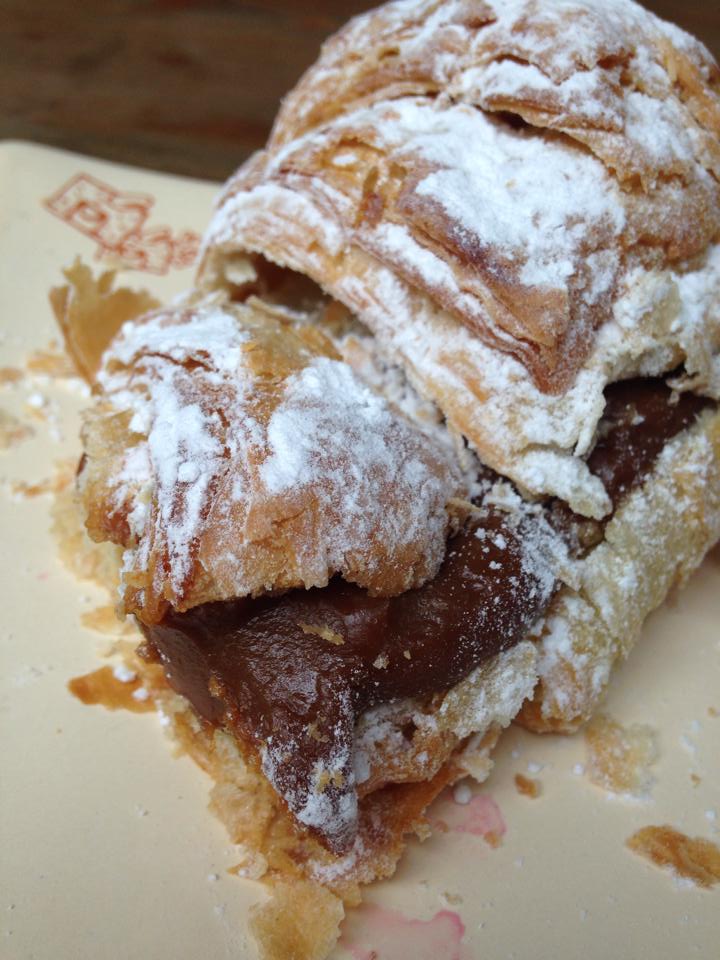
Photo by Lauren Martinez
Who needs yolk porn when you’ve got dulce de leche oozing out of a flakey, sugar-coated croissant ?!
3. Red Wine
Argentina: where the (red) wine literally flows like water. With the famous malbec-grape growing region of Mendoza located in the western part of Argentina, it would almost be a sin not to drink it on a regular basis. It’s supporting the local farmers right? When you order wine at a restaurant it automatically comes with a snack of some kind, usually either bread sticks or potato chips.
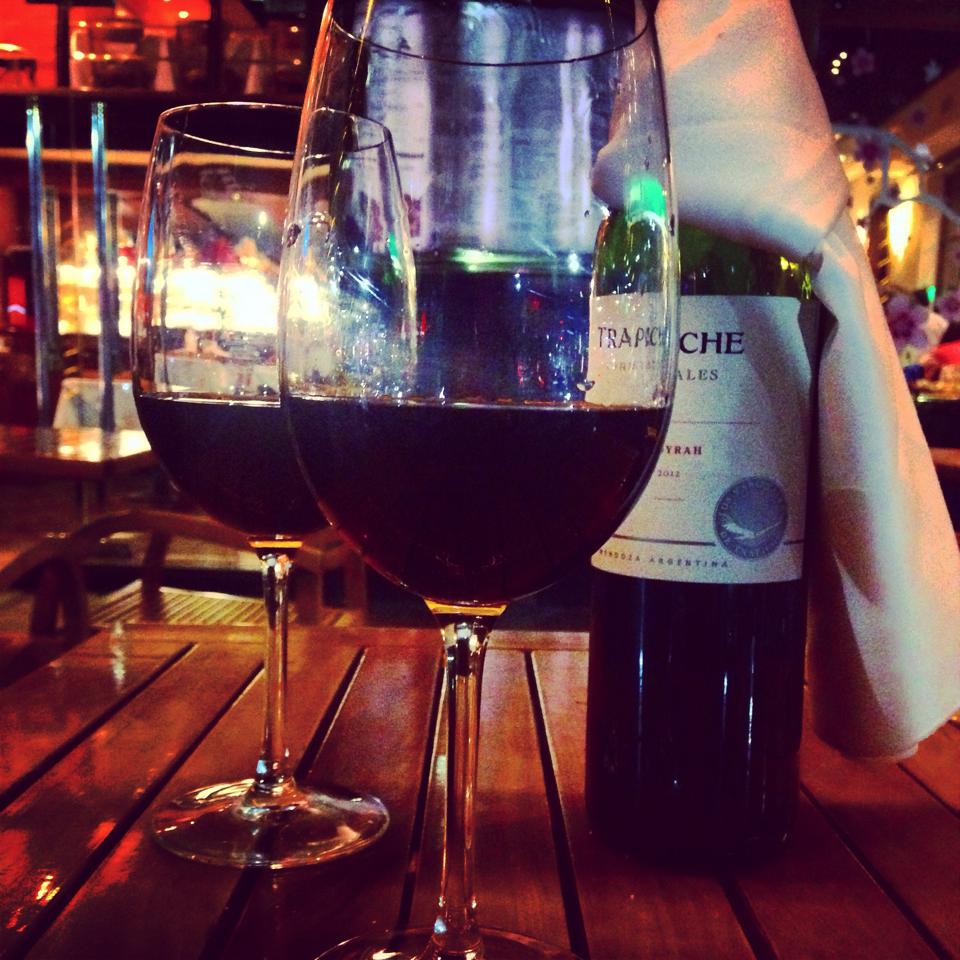
Photo by Lauren Martinez
Argentines drink red wine at all hours of the day, every day of the week, clearly they’re doing it right.
4. Steak
In a country that loves red wine, it only makes sense that they love steak. Many parrilla (grill) style restaurants will have two to three entire pages of the menu solely dedicated to different cuts of steak (I didn’t even know there were that many parts of the cow you could eat but apparently there are).
My personal favorite is the bife de lomo, aka filet mignon that comes cooked to perfection and only costs $95 pesos (less than 8 US dollars). Anytime you order a steak in Argentina it comes with a side of chimichurri, which is a green sauce used for grilled meat, made from finely chopped parsley, minced garlic, oregano, olive oil and red wine vinegar.
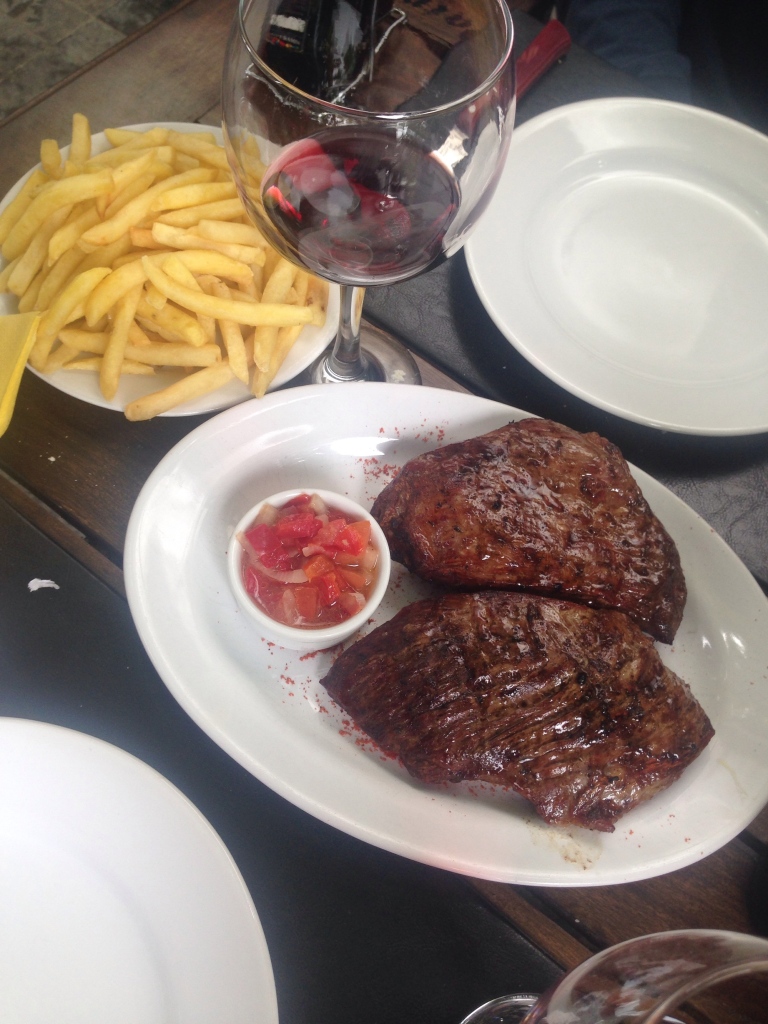
Photo by Blair Scott
5. Maté
This popular South American drink is not only packed with caffeine but is also good for you, so it’s a win-win. On the weekends the parks will be crowded with people sipping the yerba mate-infused liquid from bent metal straws, called ‘bombillas’, out of the traditional mate cup, which is made from a hollowed out calabash gourd. All the cool kids are doing it, we should be too.
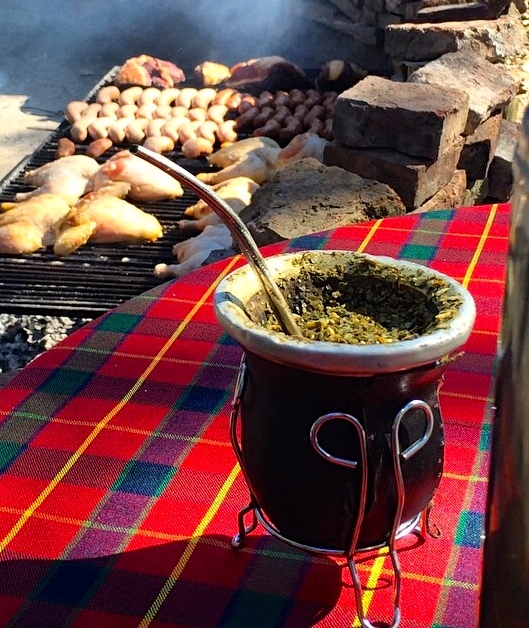
Photo by @buenascomidas
So hipster right?
6. Cerveza
Calling all beer lovers (and frat stars). A 40 oz bottle of Argentina’s local beer, Quilmes, is sold in grocery stores for the equivalent of $1 US. Yes you heard me right, and it doesn’t taste like frat beer either. If you order beer at a restaurant, they will assume you want a 40 oz bottle of it (because let’s be honest, the more beer the better) and another added bonus is that your beer automatically comes with either peanuts, mini bread sticks, potato chips or all three…for free.
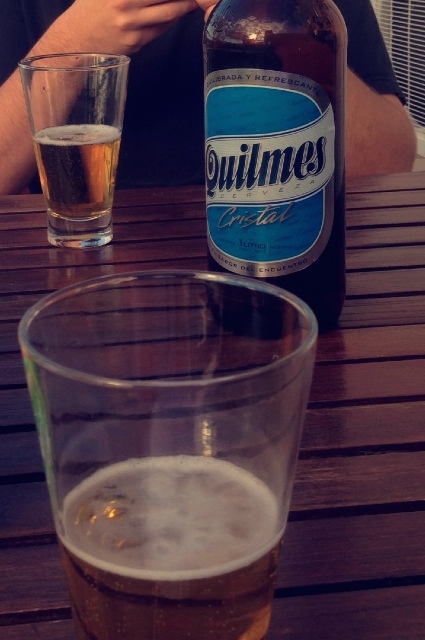
Photo by Blair Scott
Cheap, chilled and served with chips…yes please.
7. Alfajors
The Argentines love their sweets, and this cookie sandwich is their specialty: a thick layer of dulce de leche is smeared between two very sweet, soft, vanilla cookies and coated in a dusting of shaved coconut. Some variations come coated in dark, milk or white chocolate, taking the sweet treat to a whole new level. Who knows, maybe if Dominique Ansel got a taste of these sugary snacks, they could be the next cronut of the food universe.
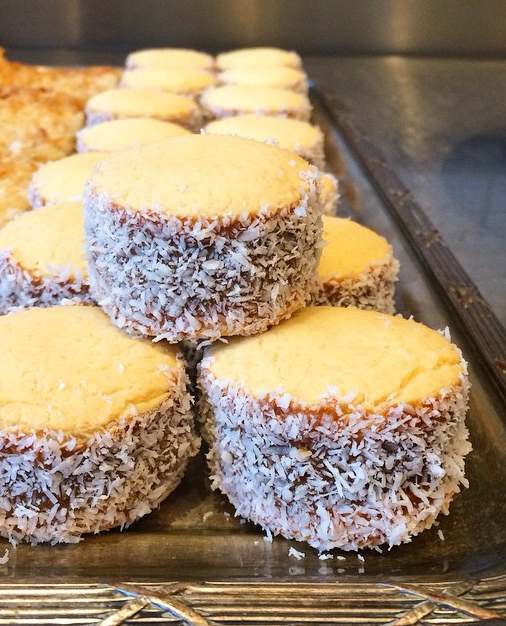
Photo by @nininabakery
Beware of crumbs.
8. Milanesa
Milanesa is basically one gigantic, breaded and fried chicken finger. They also make milanesa de carne which is a breaded, thin tender of steak which is equally as delicious. Whether you want your milanesa on a sandwich, or topped with a fried egg, or substituted for the crust of a pizza, you really can’t go wrong. If Chik-Fil-A featured a milanesa de pollo on their menu, I’m pretty sure worldwide panic would ensue and American chicken would be changed forever.
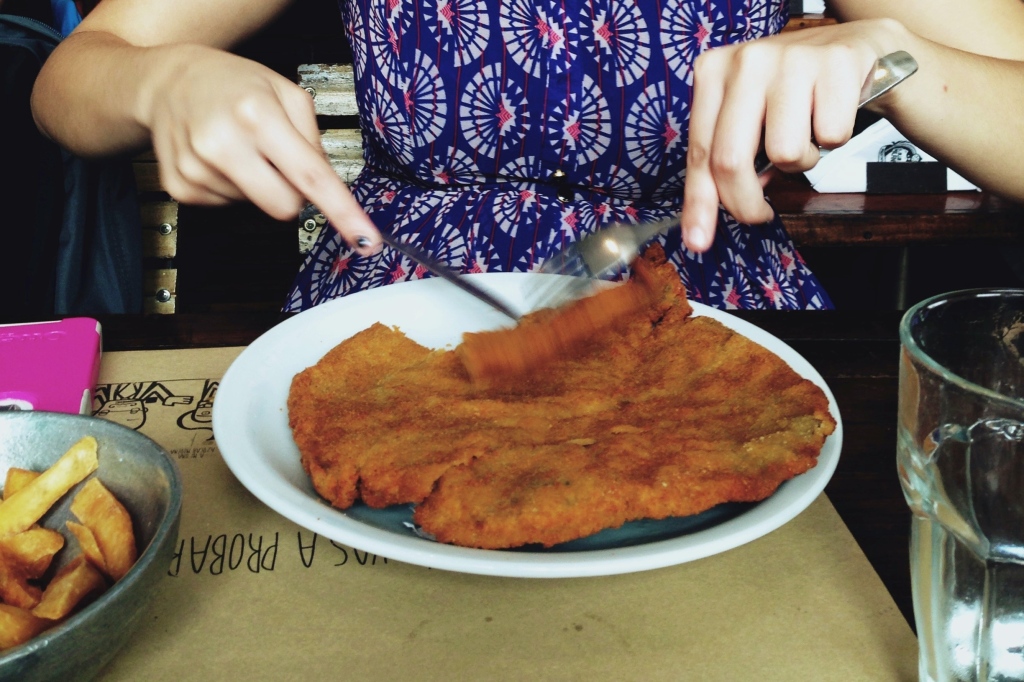
Photo by Sofie Thixton
Who could turn down a giant chicken tender?
9. Limonada casera
Argentina’s version of limonada is quite different than what we are used to in the US. Instead of the sugary, yellow beverage we are used to, the lemonade here has a green tint to it because it is made using the entire lemon, including the peel. The refreshing, bitter drink is commonly served infused with a medley of mint and ginger. After all the red wine, steak and dulce de leche, this drink makes you feel rejuvenated as soon as you drink it.

Photo by Blair Scott
Green is the new yellow.
10. Calabaza
When you see calabaza on the menus in Argentina it does not mean pumpkin, but instead it refers to butternut squash, which has a similar nutty taste to pumpkin. While the fall pumpkin craze in the US only lasts for a few months, in Argentina people are obsessed with calabaza all year round. It is typically mashed and served as a side dish with an asado (grilled meats), very similar to mashed potatoes. The vibrant orange color brightens up any dish and is packed with nutrients and flavor.
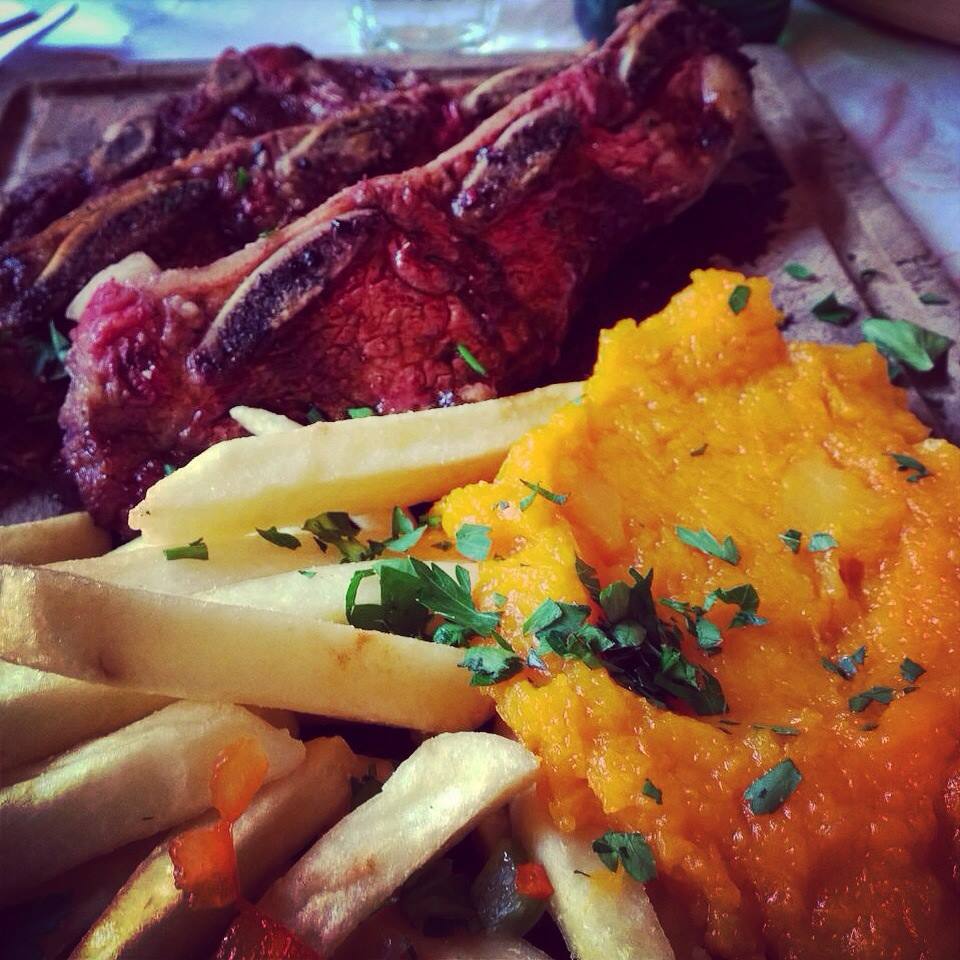
Photo by Lauren Martinez
Because we all know there hasn’t been enough pumpkin in our lives this fall.
11. Medialunas
On this side of the world croissants are known as medialunas. While Paris may be famous for their warm, flakey croissants, Argentina’s smaller, more dense version might be in close competition. The intoxicating aroma of freshly baked medialunas wafts down the crowded city sidewalks at all hours of the morning. Each bakery is filled with racks of the glistening, buttery crescents. Buenos Aires natives, known as “porteños”, each have their usual spot where they will go each morning for café or espresso and one or two medialunas. They’re so cheap you can’t afford not to buy more than one.

Photo by Hannah Atlas
How many medialunas is too many medialunas…

